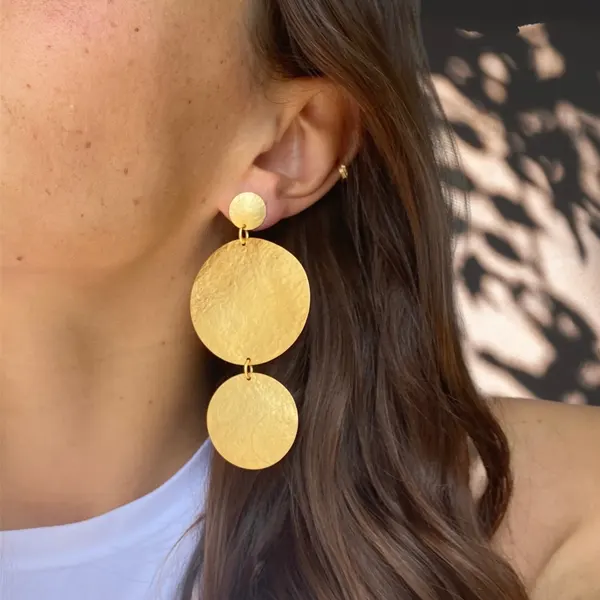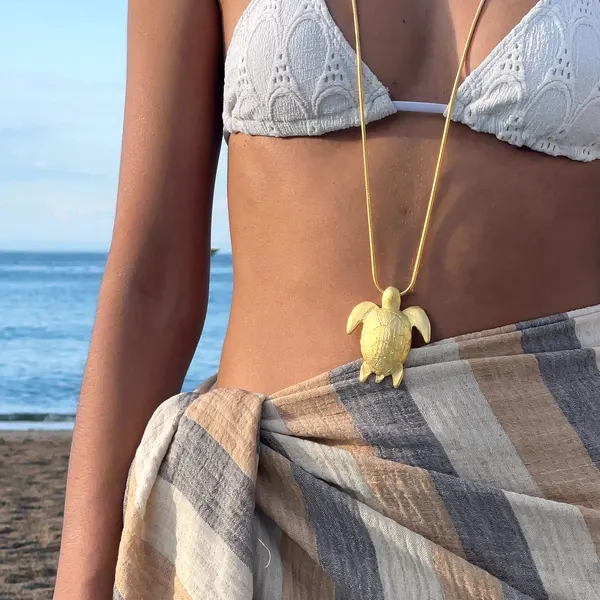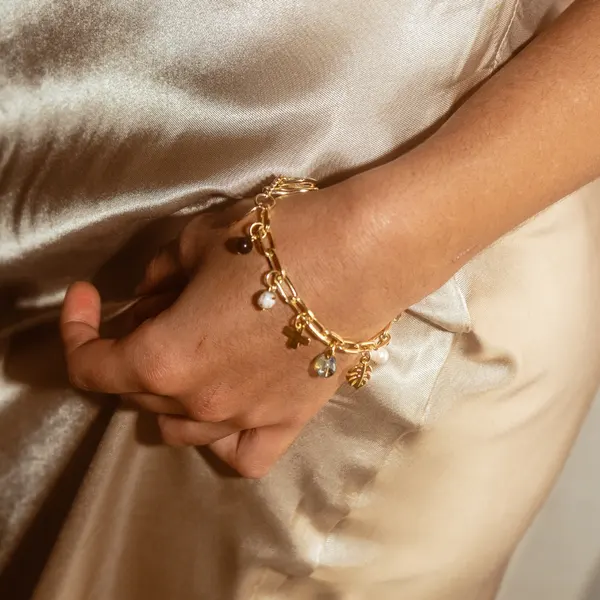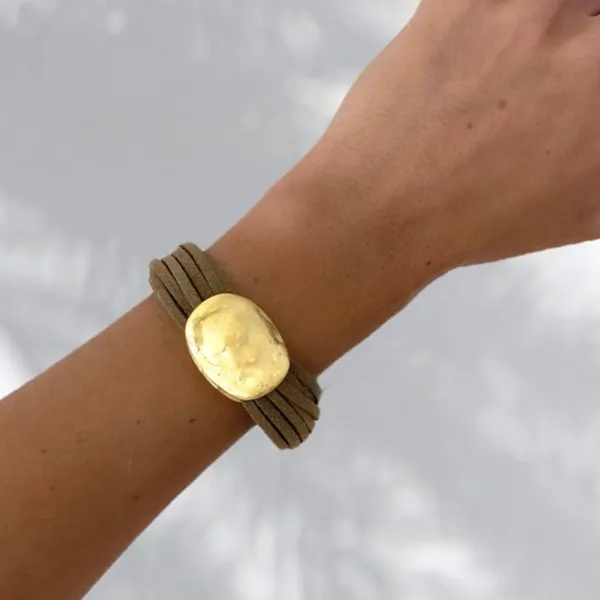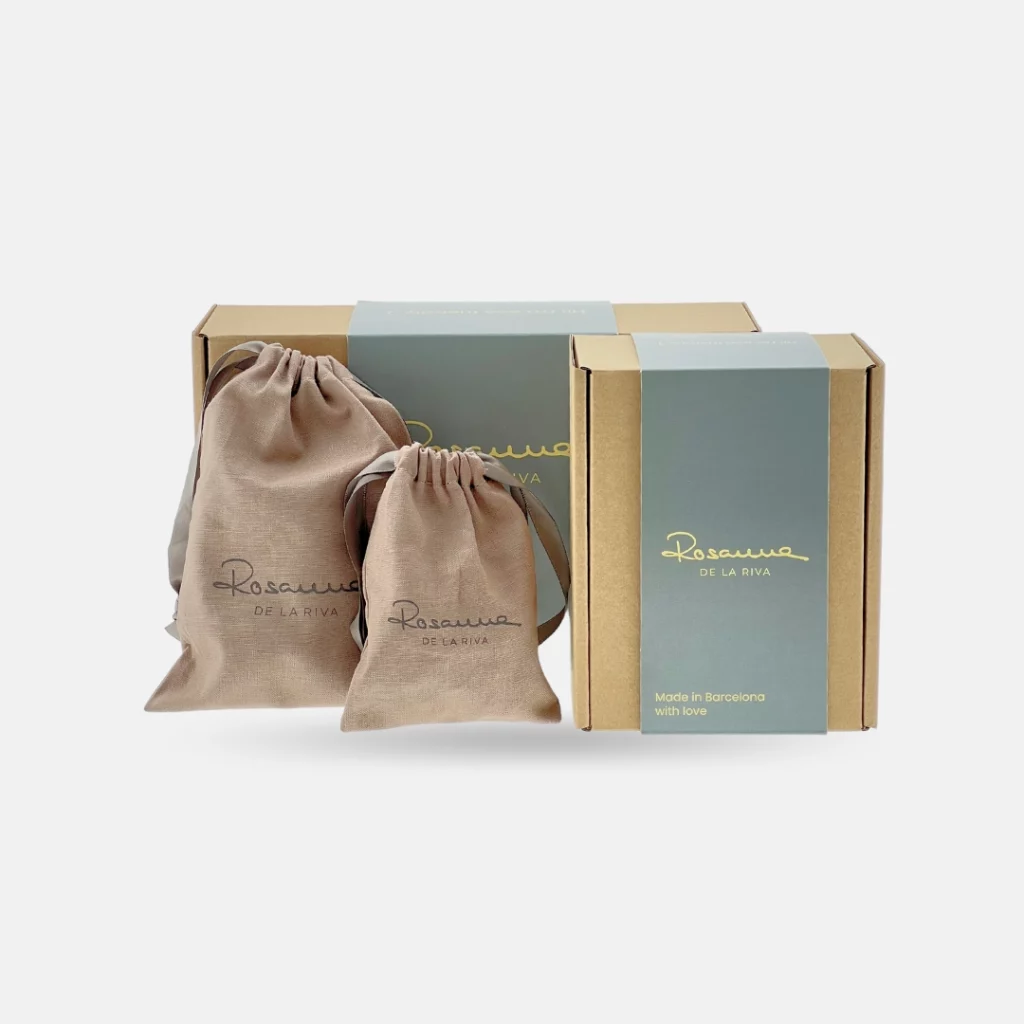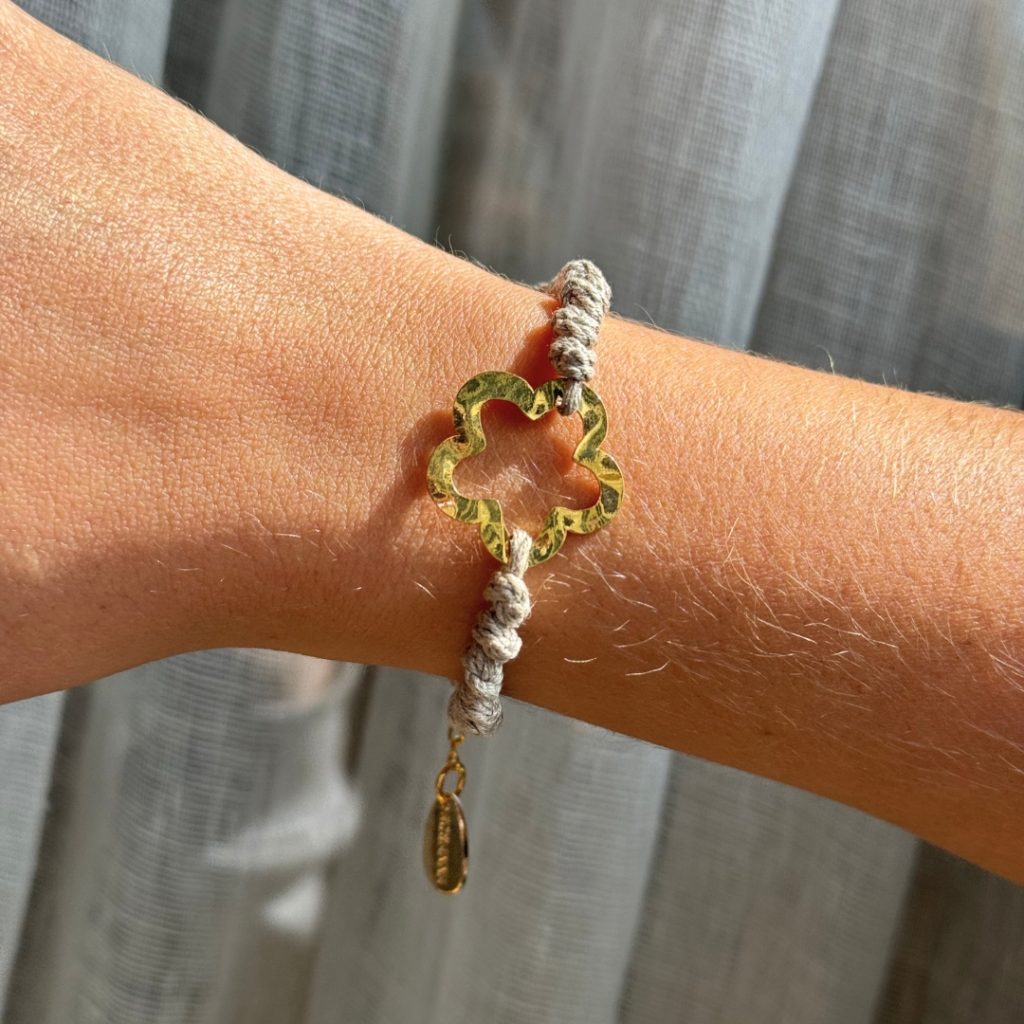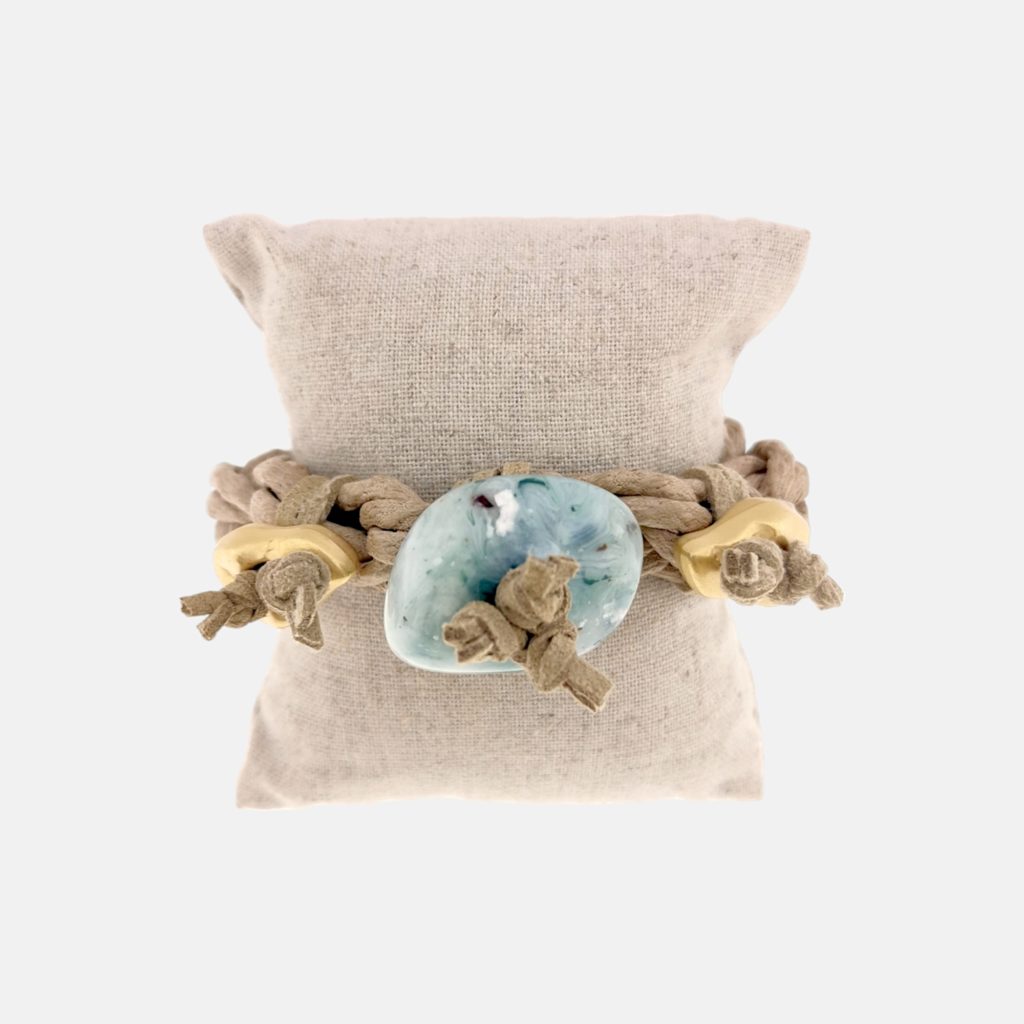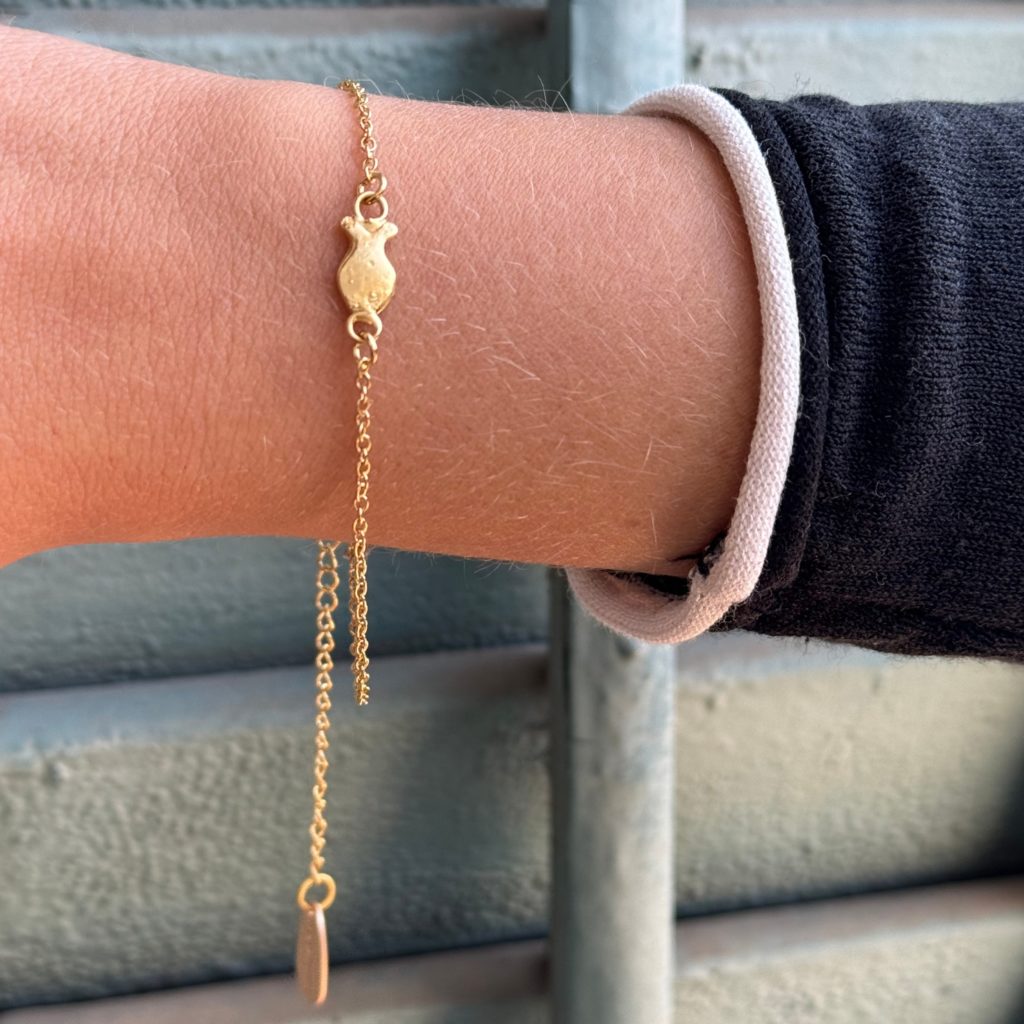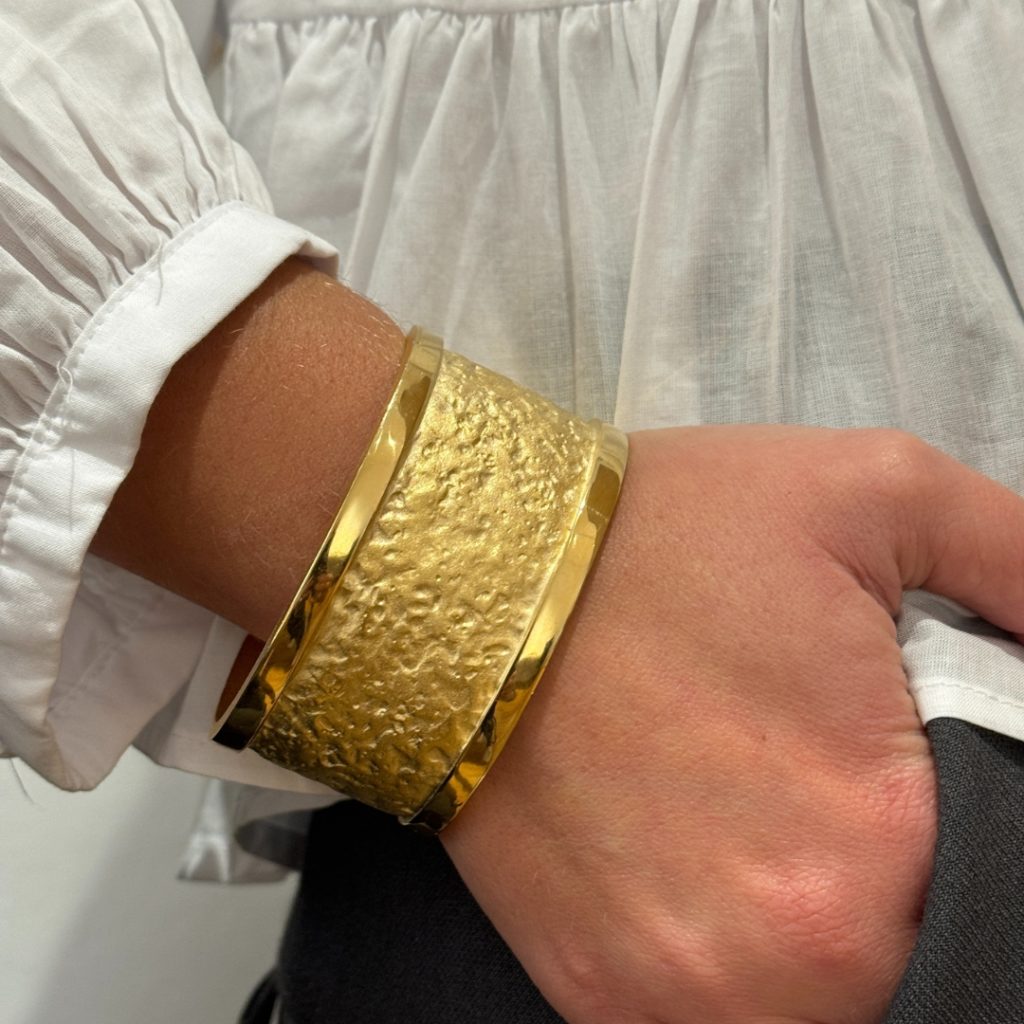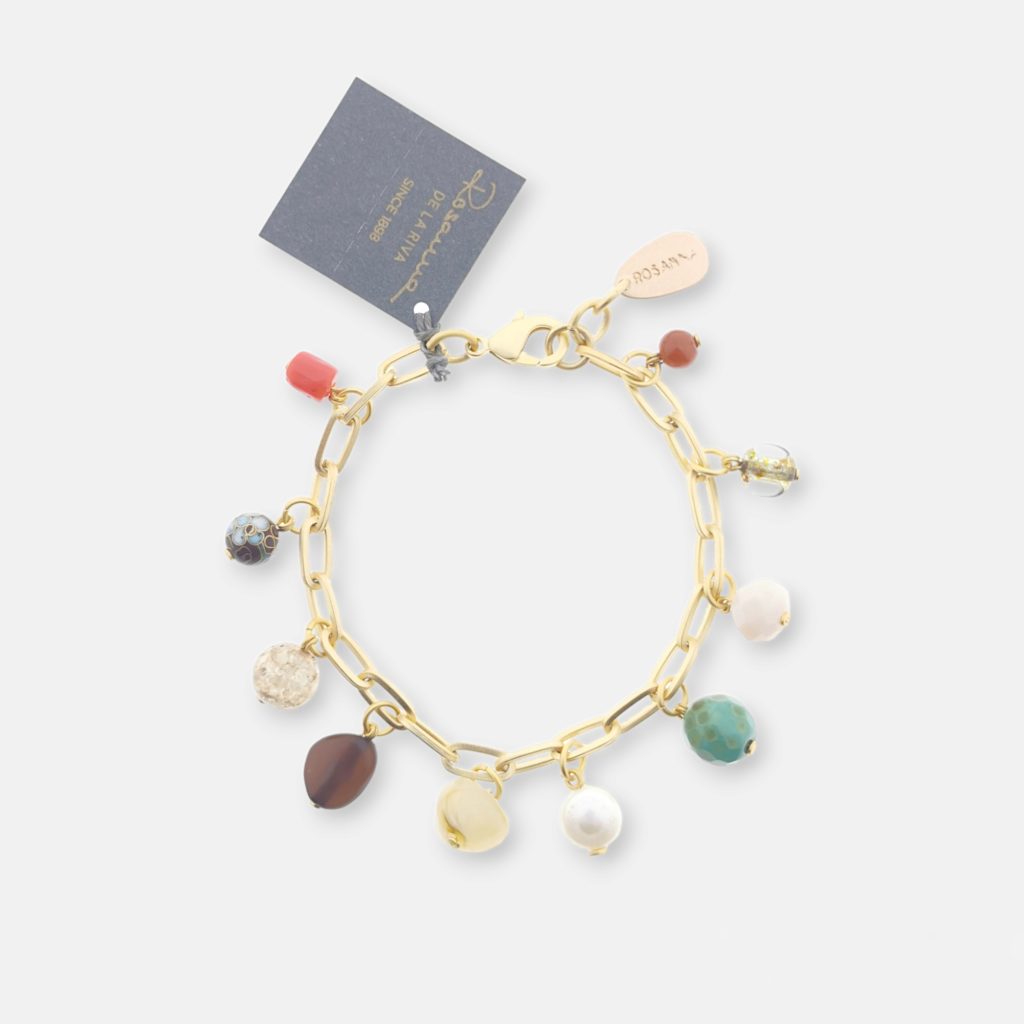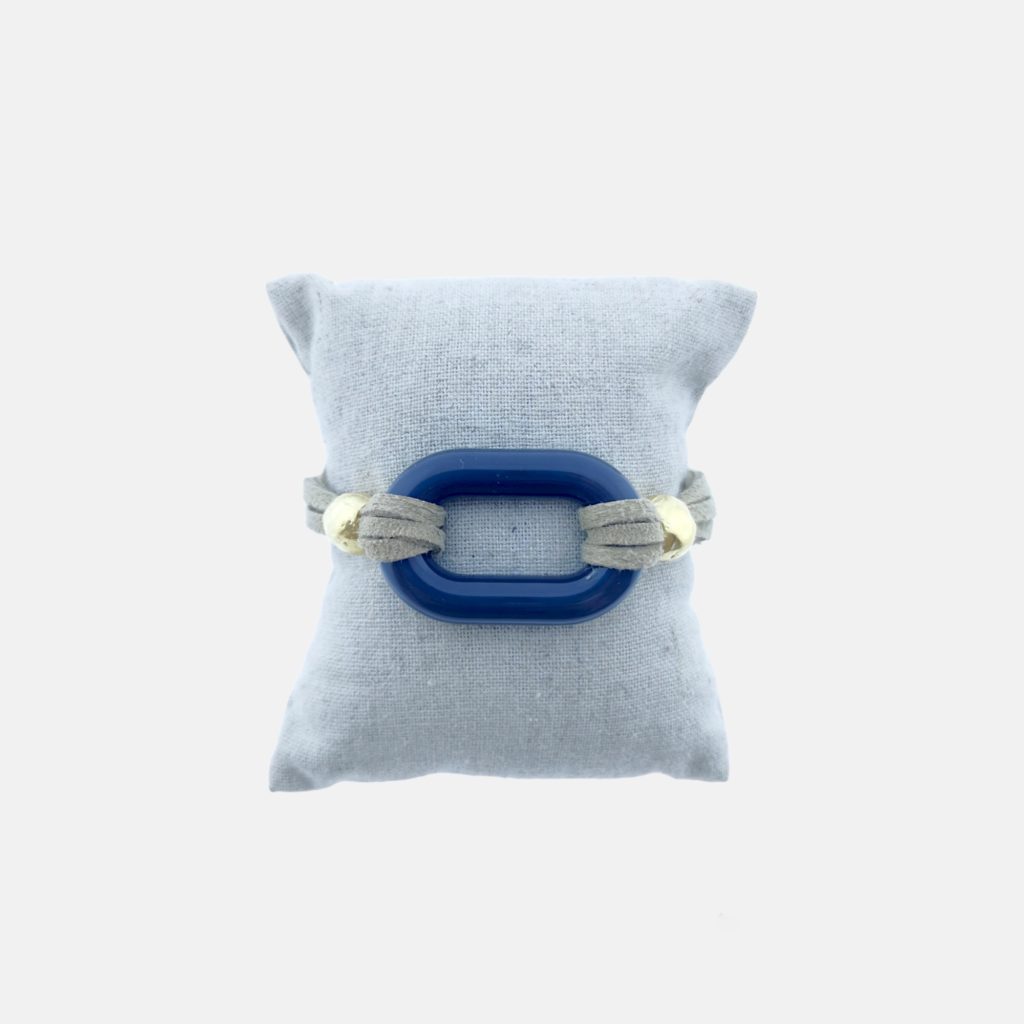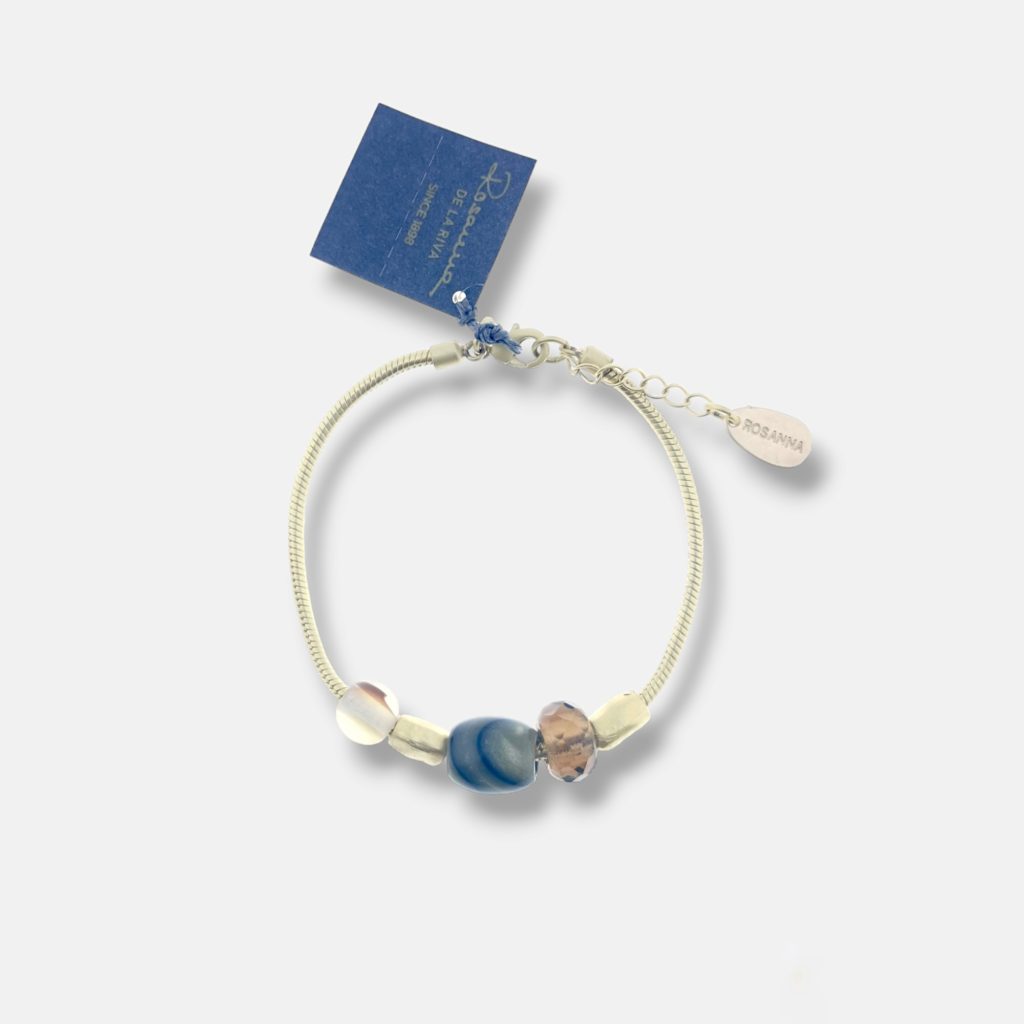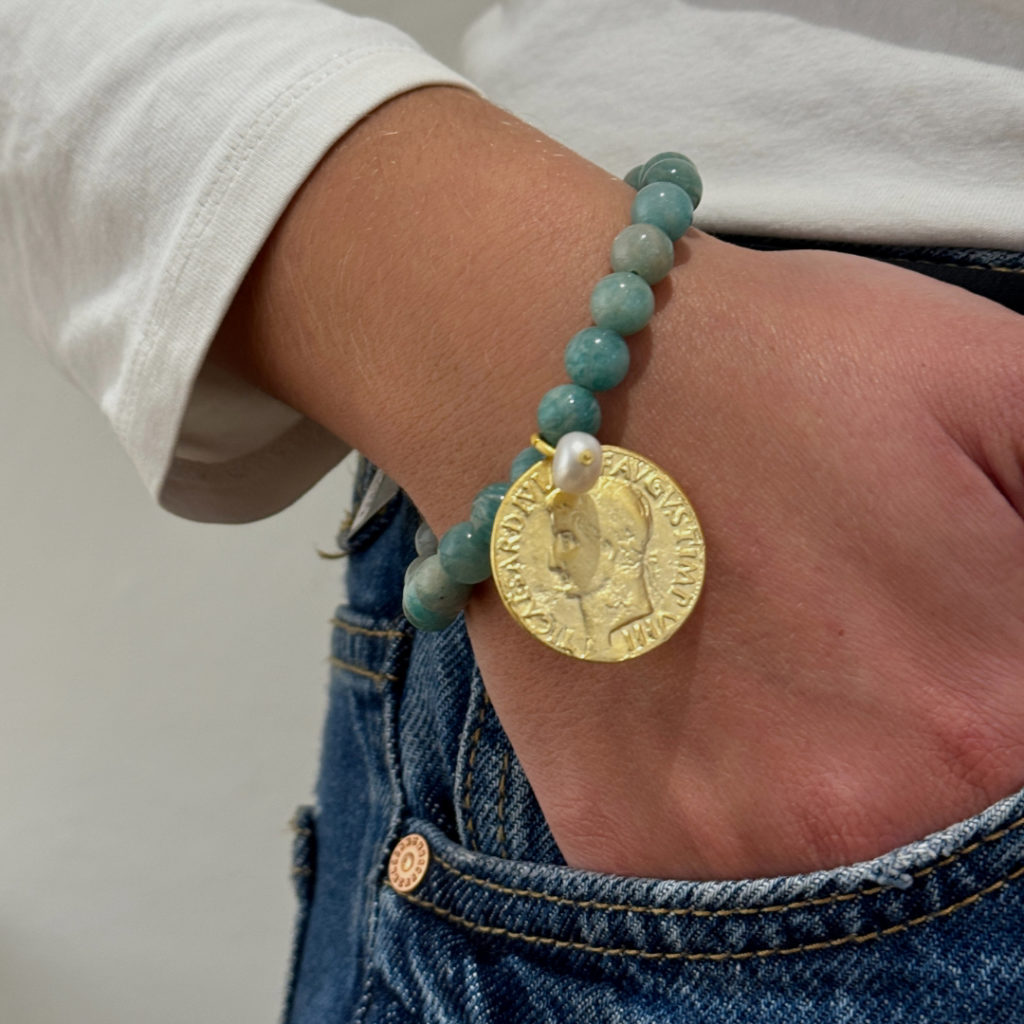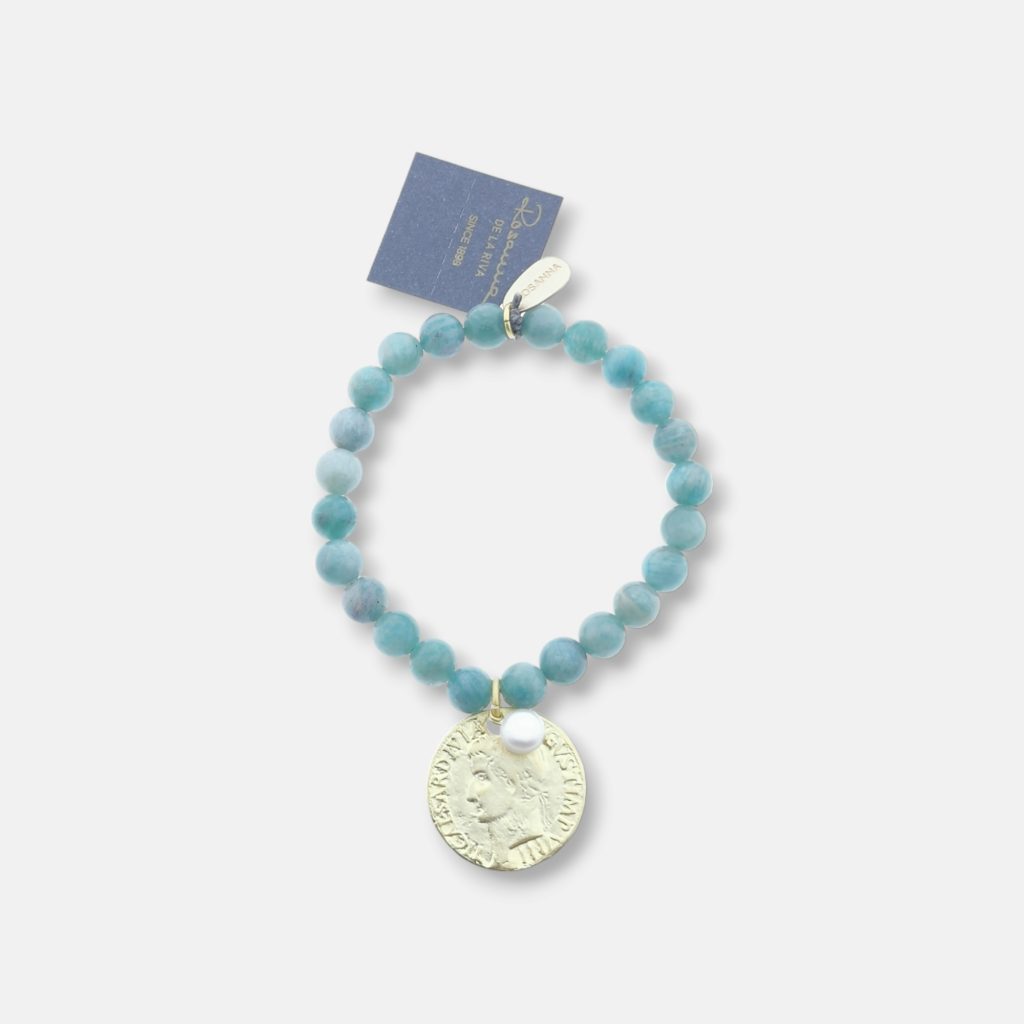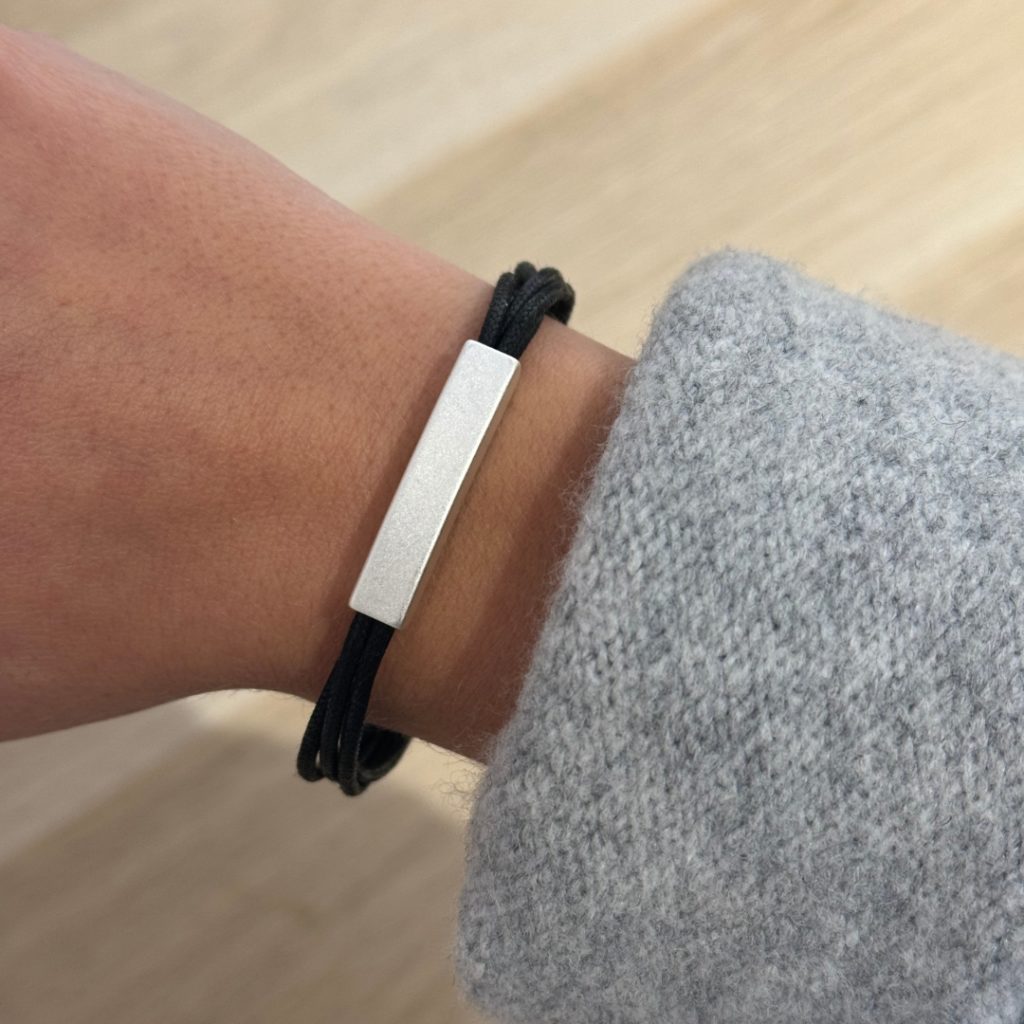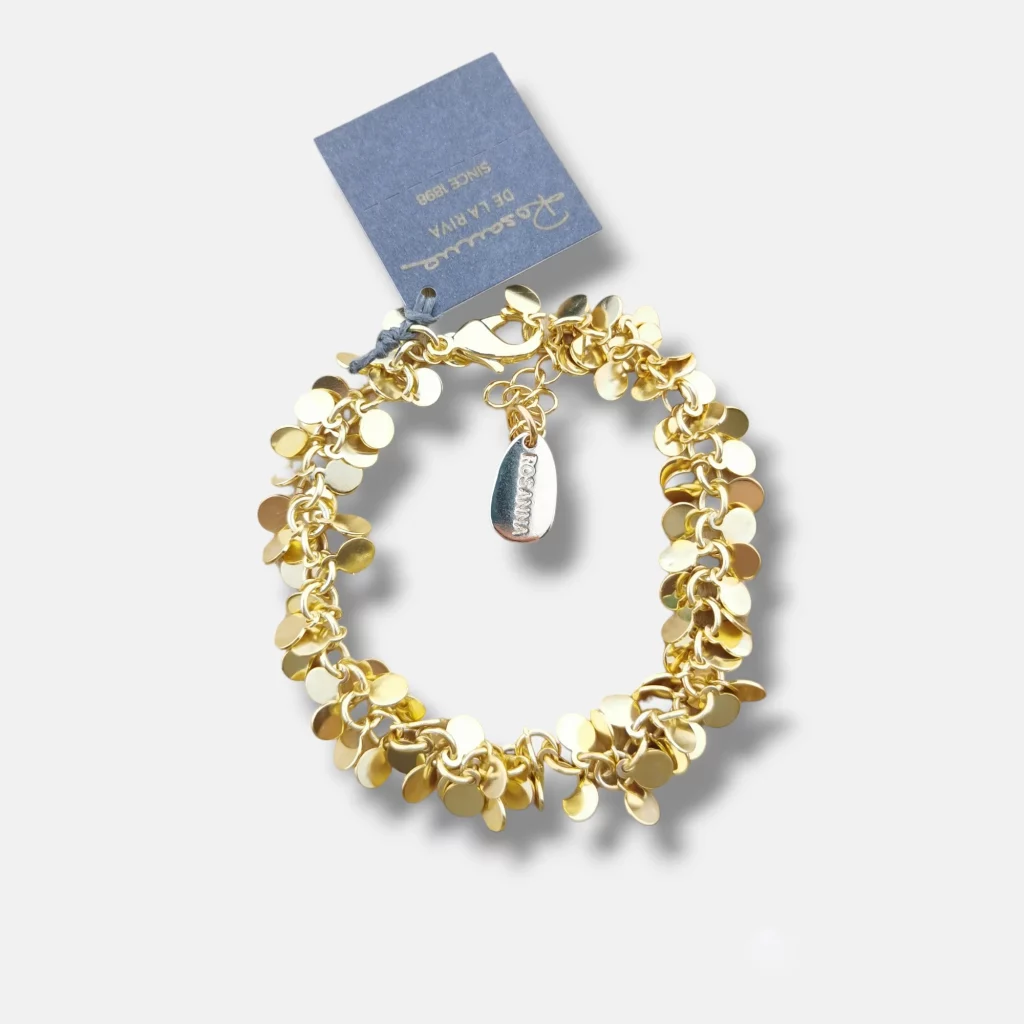Bracelets
Bracelets, ancient adornments
Bracelets, serving as both adornment and artifact, boasts a lineage as ancient as humanity itself, always being more than simple accessories.
The first bangles date back to the Upper Paleolithic, around 40,000 years ago, during Prehistory.
During that time, our ancestors used natural materials such as perforated stones, bones, animal teeth, shells, and plant fibers to make the first jewelry and ornaments.
In these early stages, bangles had a primarily practical function (rather than aesthetic), protecting the wrists from possible blows or the cold of harsh winters.
Over time, this jewels acquired a symbolic meaning, associated with hunting and fertility.
Indeed, in some cases, they were mere talismans used to ward off evil spirits and attract good luck. And in other cases, tribal leaders wore bracelets to assert their authority and power over the rest of the community.
In the Copper and Bronze Ages, the first metal bangles appeared, basically made of bronze and copper. The designs of these bracelets were more elaborate and complex and were usually associated with wealth and power.
The evolution of bracelets through civilizations
Throughout history, the diversification of designs and materials in the creation of bracelets became evident, as well as their meanings, beyond the purely practical.
With the development of early civilizations, these pieces became symbols of social distinction, power, or religious beliefs.
In Ancient Egypt, for example, bangles were elaborated with gold, silver, precious stones, and lapis lazuli. In this case, the upper class wore these jewels as a symbol of wealth and power. On the other hand, the lower classes limited themselves to simpler materials such as leather or wood.
However, in other cultures, such as India, bracelets were associated with protection against evil spirits.
And in Mesopotamia, these jewels were amulets to protect against curses and diseases.
In ancient Rome and Greece, bracelets were associated with social status and military victory, worn by both women and men. The Romans also used these jewels as talismans for good luck.
During the Middle Ages, these jewels became a symbol of devotion and faith, and Christians wore them with crosses and other religious symbols.
During this time, metal became the primary material for jewelry manufacturing, with the elaboration of more elaborate designs decorated with enamels, filigree, or precious stones. Renaissance-era goldsmiths highlighted the craftsmanship’s finesse and introduced sophistication with the production of silver and gold bracelets.
European nobility and royalty wore sumptuous bracelets with ornate designs and precious materials as symbols of wealth and power. Meanwhile, embossed leather bracelets gained popularity among the nobility.
Across the Far East, jade bangles were considered talismans that brought good luck.
Bracelets
Bracelets, ancient adornments
Bracelets, serving as both adornment and artifact, boasts a lineage as ancient as humanity itself, always being more than simple accessories.
The first bangles date back to the Upper Paleolithic, around 40,000 years ago, during Prehistory.
During that time, our ancestors used natural materials such as perforated stones, bones, animal teeth, shells, and plant fibers to make the first jewelry and ornaments.
In these early stages, bangles had a primarily practical function (rather than aesthetic), protecting the wrists from possible blows or the cold of harsh winters.
Over time, this jewels acquired a symbolic meaning, associated with hunting and fertility.
Indeed, in some cases, they were mere talismans used to ward off evil spirits and attract good luck. And in other cases, tribal leaders wore bracelets to assert their authority and power over the rest of the community.
In the Copper and Bronze Ages, the first metal bangles appeared, basically made of bronze and copper. The designs of these bracelets were more elaborate and complex and were usually associated with wealth and power.
The evolution of bracelets through civilizations
Throughout history, the diversification of designs and materials in the creation of bracelets became evident, as well as their meanings, beyond the purely practical.
With the development of early civilizations, these pieces became symbols of social distinction, power, or religious beliefs.
In Ancient Egypt, for example, bangles were elaborated with gold, silver, precious stones, and lapis lazuli. In this case, the upper class wore these jewels as a symbol of wealth and power. On the other hand, the lower classes limited themselves to simpler materials such as leather or wood.
However, in other cultures, such as India, bracelets were associated with protection against evil spirits.
And in Mesopotamia, these jewels were amulets to protect against curses and diseases.
In ancient Rome and Greece, bracelets were associated with social status and military victory, worn by both women and men. The Romans also used these jewels as talismans for good luck.
During the Middle Ages, these jewels became a symbol of devotion and faith, and Christians wore them with crosses and other religious symbols.
During this time, metal became the primary material for jewelry manufacturing, with the elaboration of more elaborate designs decorated with enamels, filigree, or precious stones. Renaissance-era goldsmiths highlighted the craftsmanship’s finesse and introduced sophistication with the production of silver and gold bracelets.
European nobility and royalty wore sumptuous bracelets with ornate designs and precious materials as symbols of wealth and power. Meanwhile, embossed leather bracelets gained popularity among the nobility.
Across the Far East, jade bangles were considered talismans that brought good luck.













